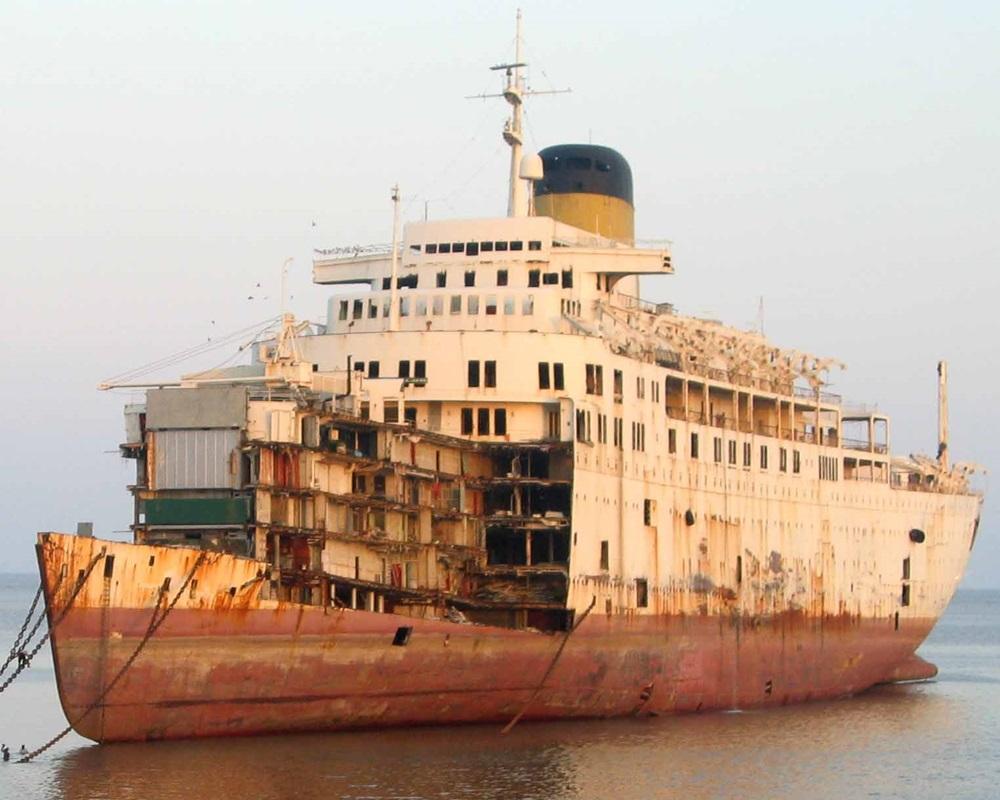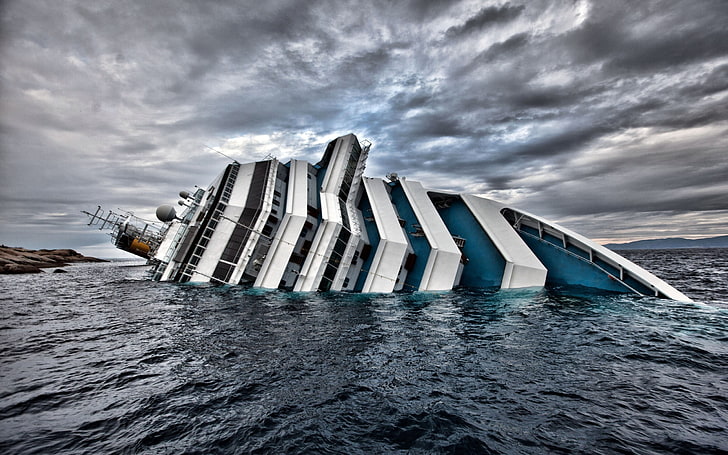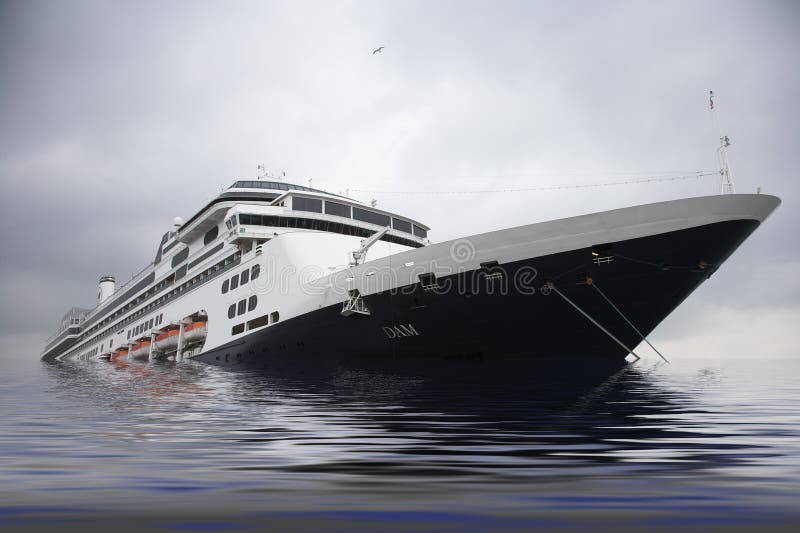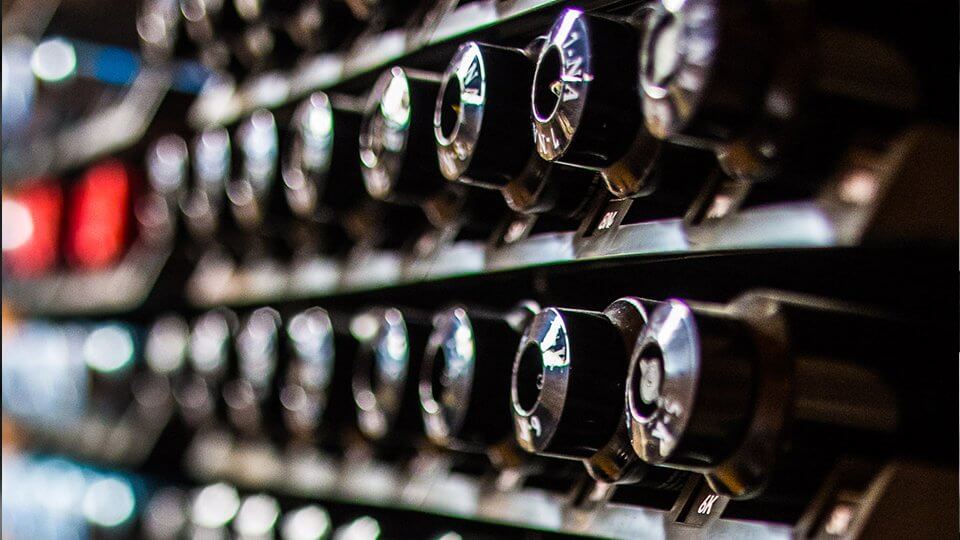Table Of Content

Another potential cause of cruise ship sinking is damage from collisions or other accidents. For example, a collision with another ship or a naval mine could cause significant damage to a cruise ship's hull, potentially leading to sinking. It is important for passengers to pay attention during these briefings and to familiarize themselves with the ship's layout so that they can quickly and safely evacuate if necessary. These design elements greatly reduce the risk of accidents and contribute to the overall safety of cruise ships. To further understand the odds of a specific cruise ship sinking, it is necessary to consider the size of the cruise ship fleet and the number of sailings each year. With over 300 cruise ships in operation worldwide, and thousands of sailings taking place annually, the odds of any individual cruise ship sinking are minuscule.
How Often Do Cruise Ships Sink?

The SS Morro Castle was an ocean liner that was designed to make regular sailings between the US and Cuba. She launched in 1930, but just four years later would sink in tragic circumstances. I’ve omitted passenger ferries, since this is specifically about cruise ships. I’ve also chosen not to include ships that served as a cruise ship for a small part of their life but were being used for other purposes when they sank. If the ship was mainly a cruise ship but was commandeered for war efforts, I’ve kept it in.
Do Cruise Ships Sink?
In the past, many ships that sank 100 or so years ago were ocean liners and nothing like the mega-cruise ships carrying thousands of passengers at a time. The Oriental Star, which was carrying 456 people onboard, mostly elderly tourists, was overwhelmed by the force of the storm. Within minutes, the ship had turned completely on its side, leaving only a small portion of its hull visible above the water. Rescue efforts were immediately launched, with emergency responders and local authorities trying their best to save as many lives as possible. The sinking of the RMS Empress of Ireland is one of the most tragic maritime disasters in history. On May 29, 1914, the Empress of Ireland, a Canadian Pacific steamship, collided with the Norwegian collier SS Storstad in the Saint Lawrence River, near Pointe-au-Père, Quebec, Canada.
Date and Location of the Incident
Following a cruise ship sinking, there is often a push for changes to safety policies within the cruise industry. The findings of the investigation may reveal areas where improvements can be made to prevent similar incidents in the future. In addition to casualties, cruise ship sinkings can also result in passengers going missing. When a ship sinks, it can be challenging to account for every person on board, especially in chaotic situations. Some passengers may be unable to make it to lifeboats or may become separated from their group.
A Brief History of Cruise Ship Disasters
The MS Mikhail Lermontov, originally launched in 1972, was a Soviet ocean liner that was converted into a cruise ship. On the 16th of February, 1986, the MS Mikhail Lermontov had a tragic accident that led to its sinking. The disaster led to significant loss of life, with many passengers and crew members perishing in the fire or drowning after abandoning ship. Investigations into the sinking of the MS Georges Philippar focused on the cause of the fire, which was believed to have started in a cargo hold, possibly due to improper storage of flammable materials.
Cruise Ship Stability and Capsizing
Costa Concordia sinking leaves cruise ship passengers alarmed — and out of luck - The Washington Post
Costa Concordia sinking leaves cruise ship passengers alarmed — and out of luck.
Posted: Wed, 18 Jan 2012 08:00:00 GMT [source]
The cause of the capsizing was determined to be a severe storm that caused the ship to lose stability and tip over. The captain of the Costa Concordia was later convicted of manslaughter and sentenced to 16 years in prison. One year of that sentence was for leaving the ship early instead of being the last to leave as per one of the duties of a highly-paid cruise captain salary. The vessel hit a reef off the coast of Italy in 2012 and capsized, killing 32 people.
Differences Between Cruise Lines
4 years later in 1916, the Titanic sister ship, the HMHS Britannic, which had been turned into a hospital ship, was famously sunk by a German mine. Following the partial sinking, the MS World Discoverer became a subject of salvage operations. However, due to the remote location and the difficulty in accessing the wreck, the ship was never fully salvaged and remains stranded at Roderick Bay of the Nggela Islands, with a 46 degree tilt. As the Morro Castle burned, it drifted closer to the shore, eventually grounding itself near Asbury Park, New Jersey. On March 14, 1935, the ship was being towed to a scrapyard when it supposedly sank and was then refloated.
So, let us embark on a journey through the depths of the cruise ship industry and explore the chances of a sinking cruise ship. This means it will be dealt with under stricter requirements than vessels in south Asian shipbreaking beaches, where 70% of global ships end their seagoing lives. Looser regulations in these locations result in dozens of labourer deaths annually, and untold environmental impacts as pollutants leach on to beaches and into the sea. The Orient Queen was a Spanish cruise ship that was berthed in Beirut, Lebanon, at the time of a huge explosion of a large amount of ammonium nitrate stored at the port.
As Someone Who's Scared Of Cruises, I Challenged Myself To Go On One And Here's What Happened - BuzzFeed
As Someone Who's Scared Of Cruises, I Challenged Myself To Go On One And Here's What Happened.
Posted: Sat, 08 Feb 2020 08:00:00 GMT [source]
What was the largest cruise ship that sank?
The Greek authorities later launched an investigation into the causes of the sinking. On its maiden voyage from Marseille to the Far East, tragedy struck in the Gulf of Aden, near the coast of Yemen. During the night, a fire broke out onboard, quickly spreading through the ship. Despite the crew’s efforts to contain it, the fire overwhelmed the ship’s safety measures. The passengers and crew faced a chaotic and desperate situation as the flames engulfed the liner. Although not technically a cruise ship in the modern sense, the Titanic was designed to be the largest and most luxurious ship of its time, a hallmark of today’s cruise ships.

On the day of the incident 154 passengers, guides and crew were successfully evacuated from the ship before it sunk. The MV Explorer was a small Liberian cruise ship and the first of its kind to sail the Antarctic waters. At the time of the incident, there were 34 people all onboard who were all extracted to safety. Prior to 1991, only ocean liners, like the Titanic and cruiseferries had sunk. The answer to this question will vary depending on your chosen timeframe, vessel type, and the reason for sinking.
For instance, they are equipped with double hulls, which provide an extra layer of protection against hull breaches. For more information on cruise ship safety and statistics, you can visit the official website of the Cruise Lines International Association at This means that the chances of a specific cruise ship sinking are incredibly low. This tragedy served as a wake-up call for the cruise industry, highlighting the need for improved safety measures and regulations. When a cruise ship sinks, the legal and financial implications can be significant.
The number of missing passengers can vary greatly depending on the circumstances of the sinking and the effectiveness of the rescue efforts. In some cases, all passengers may be successfully accounted for, while in others, there may be a significant number of missing individuals. Air Force as an Arabic linguist, Sophia now explores the world as a freelance writer. She funds her four-year (and counting!) cruise adventure using points and miles. Sophia’s travel expertise comes from her time as a reporter for The Points Guy, featured in Forbes, Business Insider, and The Balance.
The incident highlighted the importance of proper training for crew members, emergency response protocols, and the need for regular safety drills to ensure the well-being of passengers and crew. In addition to monitoring weather conditions, cruise ships are equipped with advanced navigational systems that help captains and crew identify potential risks and take appropriate action. These systems include radar, GPS, and weather satellite information, which assist in avoiding severe weather conditions or natural disaster-affected areas. It is worth noting that cruise ship designs and safety standards are continually evolving based on advancements in technology and lessons learned from past incidents. Industry organizations such as the International Maritime Organization (IMO) set guidelines and regulations to ensure the highest level of safety in the construction and operation of cruise ships. The Costa Concordia is considered the largest cruise ship to have capsized and sunk.

No comments:
Post a Comment